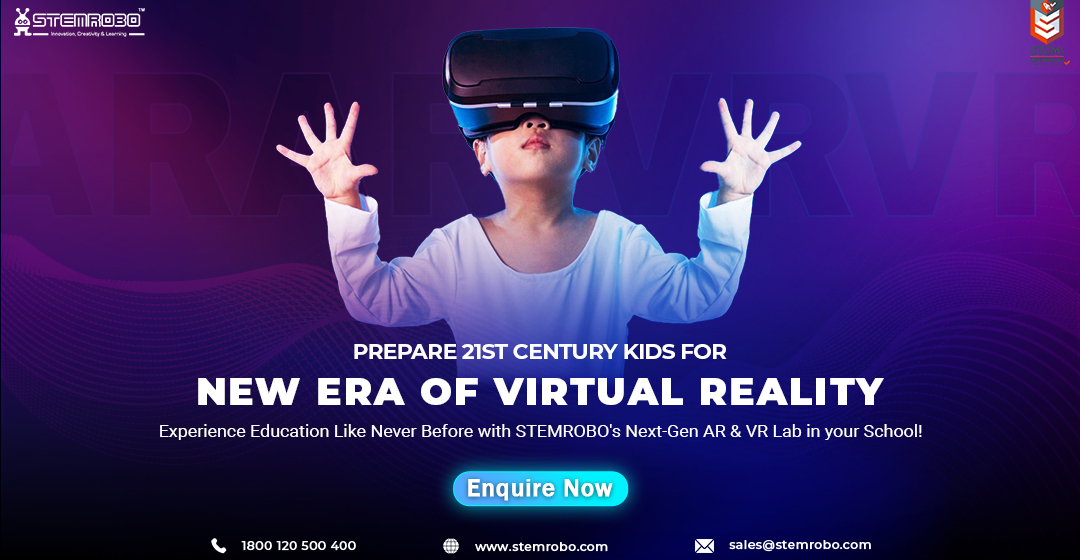Building Your Own Digital AR VR Classroom: Using Immersion Technology to Improve Learning
With technology at the forefront of a revolution in traditional teaching techniques, the education industry has seen a tremendous transition in recent years. Virtual reality (VR) and augmented reality (AR) have become game-changers among the numerous technological advances, providing creative methods to engage students and improve their learning experiences. Let us examine the idea of Creating Your Digital AR VR Classroom and go over its advantages for teachers and students.
Understanding AR and VR
It’s important to understand the fundamentals of these technologies before entering into the technical aspects of Creating Your Digital AR VR Classroom. Augmented Reality (AR) improves our sense of reality by putting digital information over our real-world environment. Conversely, virtual reality (VR) isolates people from the outside world by submerging them in a fully simulated environment. Both of these technologies have the power to revolutionize how we engage with and learn from information.
AR and VR’s advantages for education
There are several advantages to incorporating AR and VR into education, such as:
Enhanced Engagement: Students’ attention is captured and their drive to learn is increased by AR and VR experiences, which are fundamentally more engaging than traditional teaching techniques.
Better Retention: Compared to typical classroom settings, interactive experiences in augmented reality and virtual reality have been found to improve the retention of knowledge.
Interactive Learning: These technological advancements make it possible for students to engage in hands-on, conceptual exploration.
Accessibility: By giving students with disabilities new opportunities to interact with instructional information, augmented reality, and virtual reality can improve accessibility to learning.
Creating AR VR classrooms for K–12 institutions may completely transform how students engage with and learn from educational resources. Schools can provide students personalized, immersive, and engaging learning experiences that improve academic achievement and set them up for future success by utilizing the advantages of AR and VR technologies.
Both students and teachers may gain many benefits by integrating augmented reality (AR) and virtual reality (VR) into K–12 education.
1. Increased Involvement
Because AR and VR technologies offer immersive and interactive learning environments, they may greatly increase student engagement. Students’ learning may become more engaging and enjoyable with the help of these technologies, which will boost their interest and involvement in class activities.
2. A better comprehension of difficult concepts
By giving students a more physical means to visualize abstract ideas, augmented reality, and virtual reality can aid students in understanding complicated subjects. For instance, students can use augmented reality to analyze virtual frogs and virtual reality to explore the solar system and learn about planetary motions.
3. Tailored Education
Students may have individualized learning experiences using AR and VR as they can study at their own speed and in the way that best suits them. To assist students achieve better learning outcomes, educators can construct situations and learning materials that are specifically matched to each student’s requirements.
4. Reaching Difficult or Unreachable Places
Students can have access to far-off or unreachable places, such as historical sites, museums, or space, thanks to augmented reality and virtual reality. giving children the chance to explore locations they may not otherwise have the chance to see, might enhance their educational experience.
5. Better Cooperation and Exchange of Information
By allowing students to collaborate on projects and exchange ideas in a virtual setting, augmented reality and virtual reality may foster communication and teamwork among students. Important social and collaborative abilities that are necessary for success in the future can be developed in this way.
6. Practical Uses
Because AR and VR simulate real-life situations, they can aid students in understanding how their learning relates to the actual world. For instance, students may learn about environmental conservation through interactive simulations or hone their problem-solving abilities in a realistic commercial setting.
7. Cost-Effectiveness
While the initial investment in AR and VR technology may be significant, it can be cost-effective in the long run. These technologies can eliminate the need for expensive field trips and physical learning materials, saving schools money over time.
STEMROBO is a company that specializes in providing educational solutions that integrate STEM (Science, Technology, Engineering, and Mathematics) education with robotics and other cutting-edge technologies. STEMROBO provides a variety of educational resources and services aimed at assisting schools in creating digital AR VR classrooms and improving student learning.
STEMROBO provides educational kits that incorporate AR and VR elements, enabling students to learn about AR and VR technologies while building and programming their own robots. With the use of these kits, students may gain practical experience and comprehend the fundamentals of AR and VR.
Curriculum Development: STEMROBO creates lesson plans for STEM subjects that use AR and VR technologies. These teaching materials are intended to support educators in successfully incorporating AR and VR into their classes while remaining responsive to academic requirements.
Teacher Training: To assist educators in integrating AR and VR technology into their classrooms, STEMROBO offers training courses for teachers. These courses address things like creating AR and VR material, using AR and VR technologies, and incorporating AR and VR into the classroom.
Development of AR and VR Content: STEMROBO produces AR and VR content with an emphasis on education. With the use of interactive courses, virtual labs, and simulations, students may study difficult subjects in a way that is more interesting and immersive.
Technical Assistance: STEMROBO provides technical assistance to schools that are integrating AR and VR technologies into their courses. This support includes help with integrating AR and VR into the current technological infrastructure, addressing technical challenges, and setting up AR and VR equipment.
With all factors considered, STEMROBO is making a significant contribution to the creation of digital AR VR classrooms in schools by giving them access to the required equipment, content, support, and training. Through these initiatives, STEMROBO is assisting in improving students’ educational experiences and preparing them for the workforce of the future.





